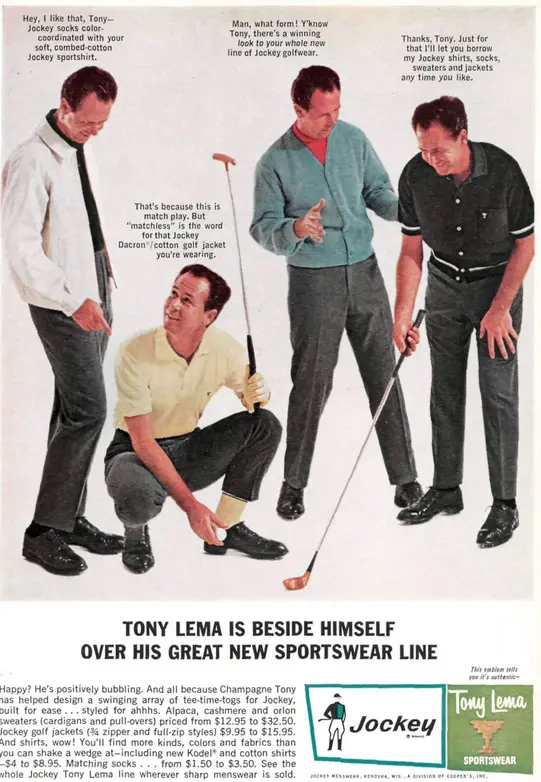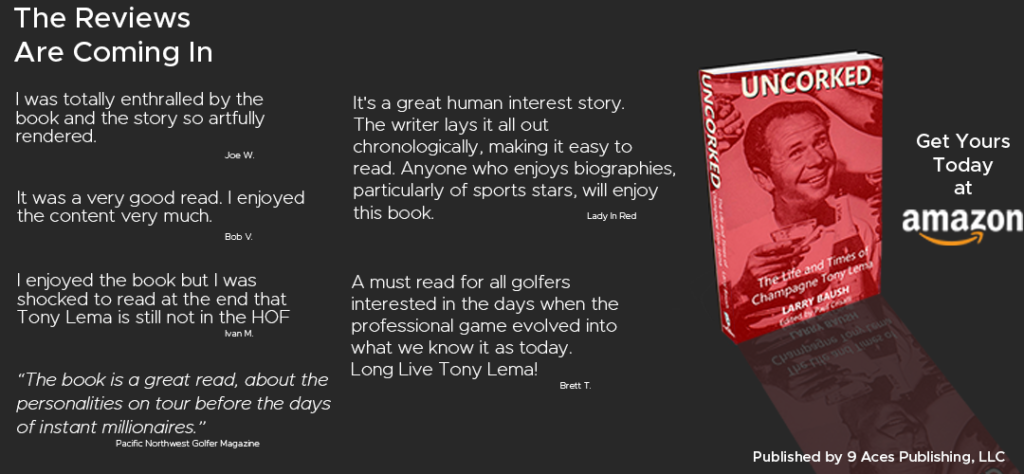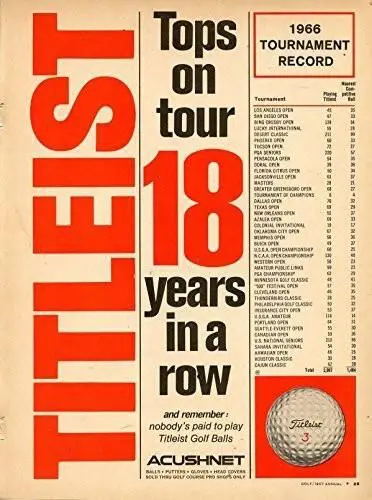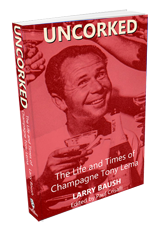1966 was a watershed year for Muhammad Ali. It was the year that he changed his name from Cassius Clay and became active in the American Muslim movement. It was also the year that he declared as a conscientious objector and refused to be drafted into the military. He was arrested, tried and found guilty of draft evasion and stripped of the heavyweight title he won over Sonny Liston in 1964.
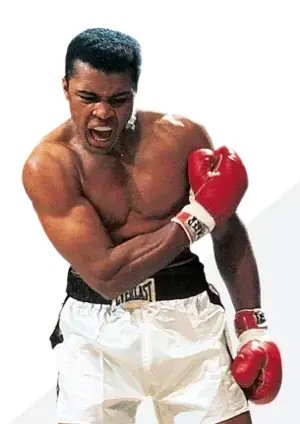
He was also nearing the end of the contract with the consortium of Louisville businessmen who were his backers and he planned on letting that contract expire and then put his business interests in the control of Elijah Muhammad‘s Nation of Islam. This was very scary for white America and the press excoriated him. With all the controversy, he lost current and future endorsement income. He was stripped of his titles and vilified in the press. As much as Ali was loved worldwide in his later life, he was reviled and hated in 1966.
Still, he was the best paid athlete of 1966 because he worked his ass off; he fought four times that year and those fights were not in the U.S. where venues and the television networks didn’t want anything to do with him. He (and the Louisville consortium) were paid by a cut of the gate of the live event and the closed-circuit broadcasts of the fights that were shown in theatres. It is hard to know exactly what he earned that year, but it is not far off base to put the amount that he and consortium brought in that year was close to a $1 million. Even with the bad press and the vitriol of the sporting public he was most likely the highest paid athlete of 1966. Even though his endorsement value was almost non-existent. To use a popular term from the era, he didn’t have the “prestige” that other professional athletes enjoyed.
Willie Mays of the San Francisco Giants
Willie Mays signed a two-year contract in 1966 for $250,000, while Sandy Koufax and Mickey Mantle brought in $125,000 each. Jim Brown made $60,000 in 1966 while Bart Starr got a hefty raise to $100,000 in 1967 after winning the Super Bowl. Bill Russell was paid $100,001 by the Boston Celtics in 1966 and was scheduled to receive a $25,000 raise as he became the player-coach. Wilt Chamberlin was paid $100,000. These were the superstars in their respective leagues. The average salary in the NFL and the MLB was around $20,000 to $25,000 during this time (although things were about to change in the NFL with Donnie Anderson signing a rookie multiyear contract for $600,000). Many of the players in both sports had to take second jobs in the offseason to make ends meet and they did not enjoy the “prestige” that the stars did.
Where a sports star could really augment his income and become one of the highest paid athletes was product endorsements and personal appearance fees. This was where Muhammad Ali took the biggest hit for his political, religious, and social stands in 1966. It was also the area where professional golfers thrived due to the demographics of their fan base. This demographic included titans of industry and other well-to-do business types.
Television broadcasts of PGA Tour golf (and the commercials on these broadcasts) catered to the demographic. Tony Lema was pulling down $2,500 for a two-minute television commercial shoot shortly after winning The Open Championship and the World Series of Golf in 1964. There were also multiple golf periodicals that featured one or another pro endorsing products for the weekend hacker to purchase on just about every other page. Professional golfer were considered both glamourous and prestigious.
Tony Lema Sportswear Jockey Ad
In 1966 Billy Casper topped the PGA Tour money list with $121,944.92 won. Jack Nicklaus followed him with $111,419.16 with Arnold Palmer close behind with $110,467.98 in winnings.
With all the endorsements, personal appearances and outside business interests, Palmer was paid far more than just what he won on the golf course. It was estimated that along with the money he won playing golf, he made over $1 million in 1966 with his outside business interests (including Arnold Palmer Laundry Services, Arnold Palmer Dry Cleaning Services and Arnold Palmer Maid Services). He also endorsed a whole gaggle of products and he starred in a Qantas Airline advertisement. Coca Cola paid him $15,000 in 1967 to endorse the soda and L&M cigarettes paid him endorsement money, both products he was addicted to. Nobody enjoyed more prestige in the game than Palmer.
At the tenth spot on the money list in 1966, with $63,220, was Al Geiberger who won the PGA Championship which accounted for $25,000 of that total. Geiberger was known for eating peanut butter and jam sandwiches on the course to combat low blood sugar and had an endorsement contract with Skippy Peanut Butter. He played and endorsed Spaulding golf equipment. His prize winnings were not quite in the realm of the superstars in the other major sports, but well above the average salary. With endorsement income added he earned as much as the stars in other leagues.
Al Geiberger Newspaper Ad For Skippy Peanut Butter
| The players of 1966 on the tour enjoyed a lifestyle and prestige of being some of the best paid athletes in the world.
Professional golfers did incur expenses that the professionals in the other major sports did not such as the expenses of travel. But it is still safe to say that the professional golfers of the mid to late 1960s were among the best paid athletes in America and that the largesse made its way down to the middle of the leading money winner list. Endorsements were a big reason for this.
Lou King, of Amana, paid any golfer who would wear a hat with the company logo on the front $50 per tournament adding thousands of dollars to the income of pros including ones mired in the middle or lower end of the official money list.
Gene Littler in Amana Golf Hat (photo NY Times)
Paid player endorsements were so widespread that one company touted the fact that its product was the most widely used despite the fact that it didn’t pay any pro to use it. Titleist used the tagline ‘And remember, nobody’s paid to play Titleist golf balls.”
Titleist Advertisement From 1966
The players of 1966 on the tour enjoyed a lifestyle and prestige of being some of the best paid athletes in the world. This lifestyle incorporated world travel, fancy cars, luxury homes and even private jets. Their fans loved them, and they were the perfect spokespersons for the upscale products that the American public was starting to purchase in greater and greater numbers. It would be some time before Muhammad Ali could say the same.
Tiger Woods made $60 million in endorsements last year making him the 8th highest paid athlete (from June, 1, 2019 to June 1, 2020) according to Forbes Magazine.
© 2020 9 Aces Publishing | All Rights Reserved
Larry Baush is the author of Uncorked, The Life and Times of Champagne Tony Lema available at 9acespublishing.com or on Amazon as a paperback or Kindle edition. Larry carries a single digit handicap at Rainier Golf and Country Club in Seattle, Washington. He is the editor of tourbackspin.com. You can contact larry at larry@9acespublishing.com.




